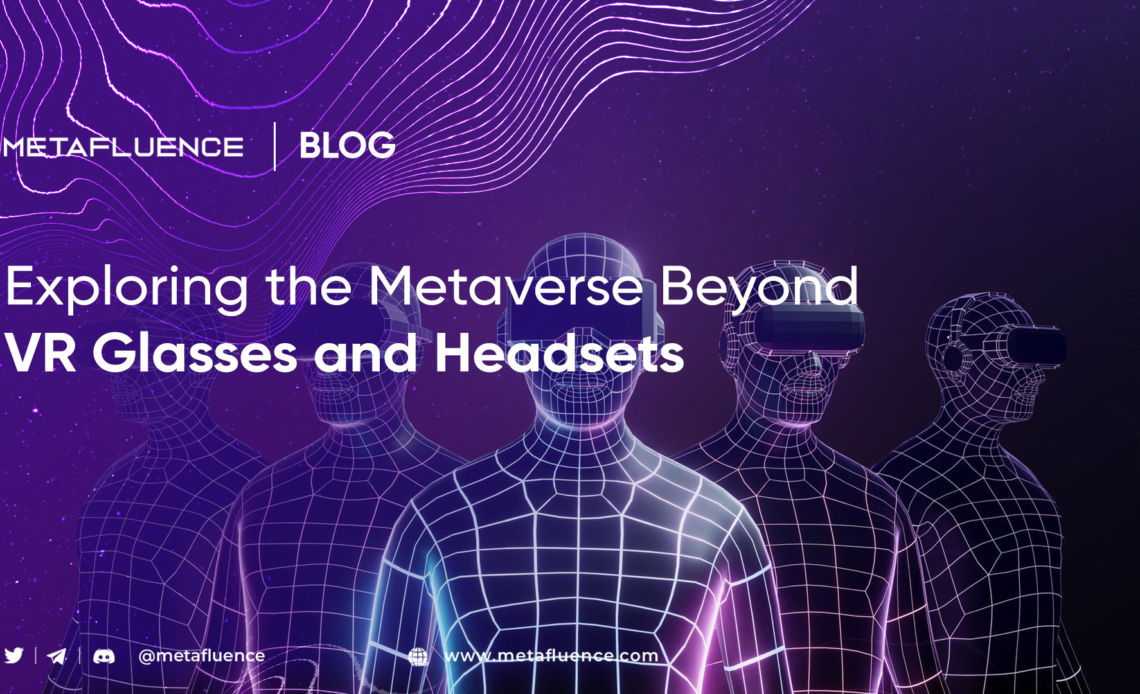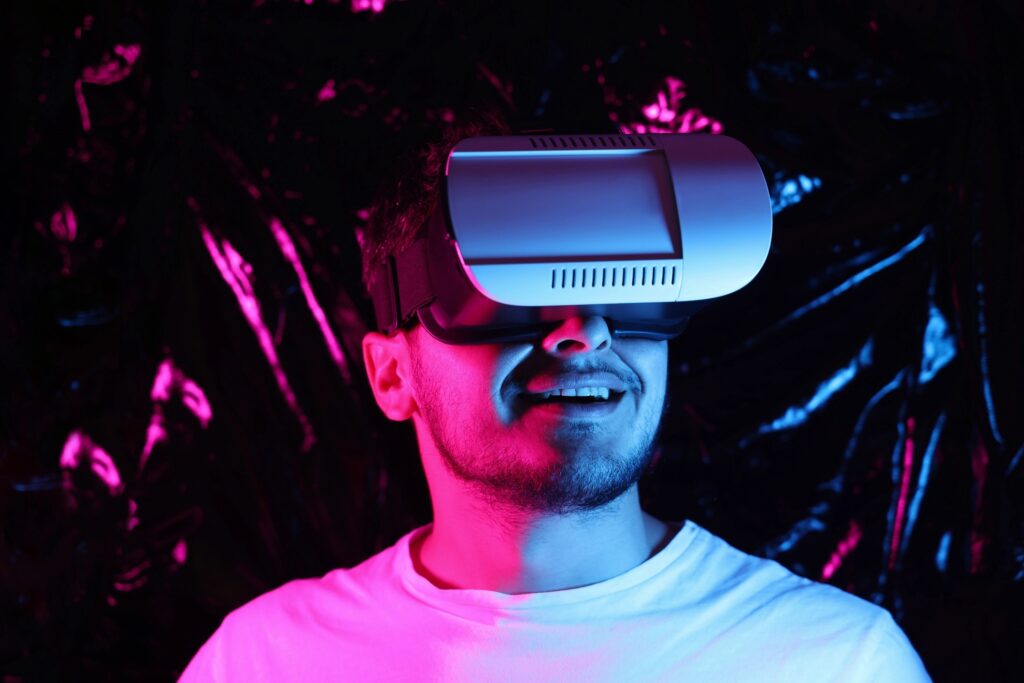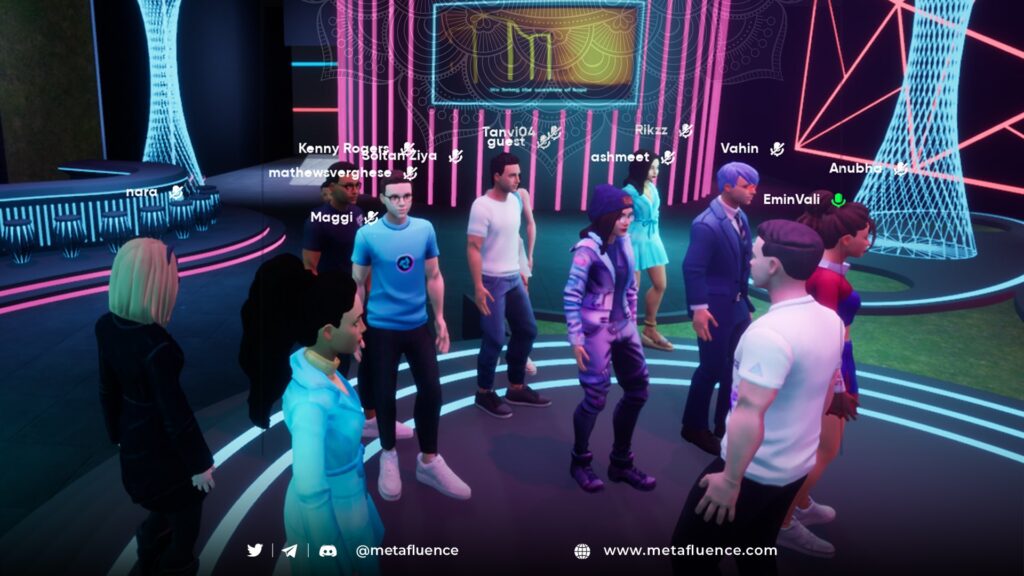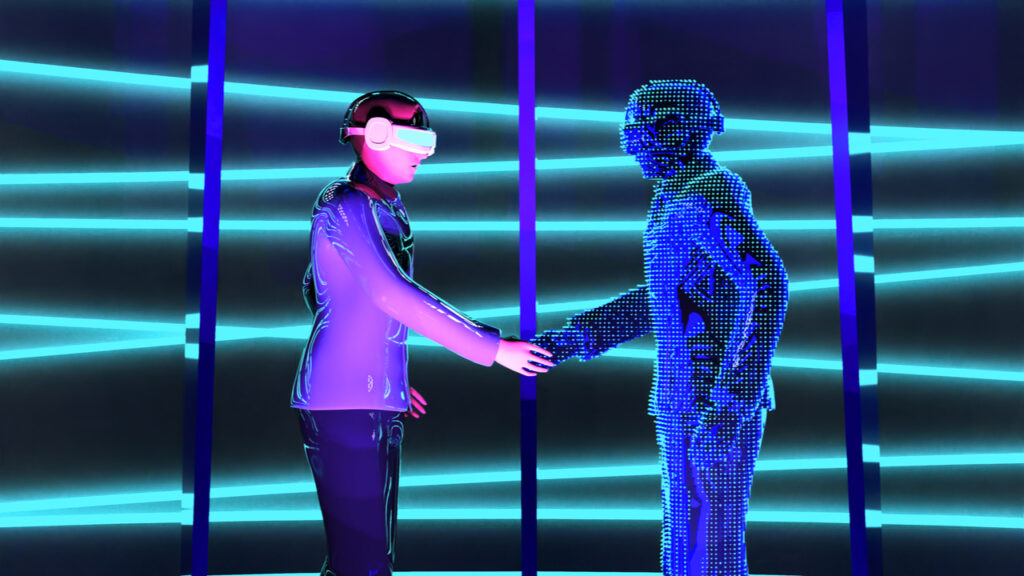
Have you ever wondered what it would be like to step into a world where the line between the virtual and physical is blurred? A world where you can explore and interact with digital content in the real world or move freely between the virtual and physical realms. This world is called the Metaverse and is not limited to VR glasses and headsets.
In fact, there are several ways to access and experience the metaverse, including augmented reality (AR), mixed reality (MR), web-based interfaces, and location-based experiences. Join us as we explore the access points to the metaverse and its potential impact on society.

The Various Access Points to the Metaverse
The metaverse is a digital world that can be accessed and experienced in a variety of ways, including through virtual reality (VR) glasses and headsets, augmented reality (AR) technology, mixed reality (MR) devices, web-based interfaces, and location-based experiences.
AR allows users to see and interact with virtual content in the real world using a smartphone or specialized device, such as smart glasses. MR, on the other hand, combines the real and virtual worlds to allow users to move freely and interact with both environments. This can be experienced through MR headsets or other devices.
Web-based interfaces, like websites and apps, can also provide access to the metaverse. These interfaces allow users to experience the metaverse through a web browser or mobile device without needing specialized hardware.

Location-based experiences, such as interactive displays and kiosks, can also provide access to the metaverse. These experiences can be found in public spaces like malls, museums, and theme parks, allowing users to experience the metaverse without specialized hardware.
The Potential Impact of the Metaverse on Society
The metaverse has the potential to impact society significantly in many ways, from increasing global connectivity and community to creating new economic opportunities and industries. As the metaverse continues to grow and evolve, it will create demand for new technologies, services, and applications, driving economic growth and creating new job opportunities.
Furthermore, the metaverse has the potential to blur the line between the virtual and physical worlds, with implications for various aspects of society, from the way we work and play to the way we shop and socialize. As William Gibson, the father of cyberpunk, said, “The future is already here – it’s just not very evenly distributed.” The metaverse is an exciting and promising future technology, and its potential impact on society is vast.
Examples of the Metaverse without VR Headsets or Glasses
The metaverse can be experienced without the need for VR glasses or headsets. Location-based experiences, such as interactive displays and kiosks, can provide access to the metaverse in public spaces. For example, the Museum of Modern Art in New York City has installed an AR kiosk that allows visitors to explore and interact with artworks in a new way. This kiosk uses AR technology to augment the physical artworks with digital content, providing visitors with a more immersive and engaging experience.
Web-based interfaces, such as websites and apps, can also provide access to the metaverse. These interfaces allow users to experience the metaverse through a web browser or mobile device without needing specialized hardware. For example, the online social platform Second Life allows users to create and explore virtual worlds, participate in activities and events, and interact with others. Another noteworthy example is Metafluence City – a hyper-realistic & influencer-driven social metaverse with a limited number of virtual properties neighbouring brands and influencers followed by millions of loyal fans. Thanks to its influencer-driven nature, it brings together audiences of various influencers from all nationalities and industries and allows users to interact with each other in a never-before-seen immersive way with their 3D high-fidelity avatars.

AR and MR technology can also provide access to the metaverse without the need for VR glasses or headsets. AR shopping and retail experiences, such as the IKEA Place app, allow users to visualize how furniture would look in their homes using AR technology. MR art installations and exhibitions, such as the Queens Museum’s “Immigrant Voices” exhibit, allow users to experience art in a new way through MR technology.
As these examples show, the metaverse can be experienced without needing VR glasses or headsets. Through location-based experiences, web-based interfaces, and AR and MR technology, users can access and explore the metaverse in various ways.
As Oculus founder Palmer Luckey said, “The metaverse is not a single place, but a network of many places. It is not a single technology but the convergence of many technologies. And it is not a single company’s vision, but a shared vision of many people and organizations.”
Conclusion
In this article, we discussed the potential impact of the metaverse on society and provided examples of accessing the metaverse without the need for VR glasses or headsets. The metaverse is a collective virtual shared space that can enhance communication, collaboration, and entertainment. It has the potential to improve education and training, increase global connectivity and community, and create new economic opportunities.
Through location-based experiences, web-based interfaces, and AR and MR technology, users can access the metaverse in various ways. As the metaverse continues to develop, it is crucial to consider its potential beyond VR glasses and headsets. The metaverse has the potential to impact society significantly in many ways, and its full potential is yet to be realized.


